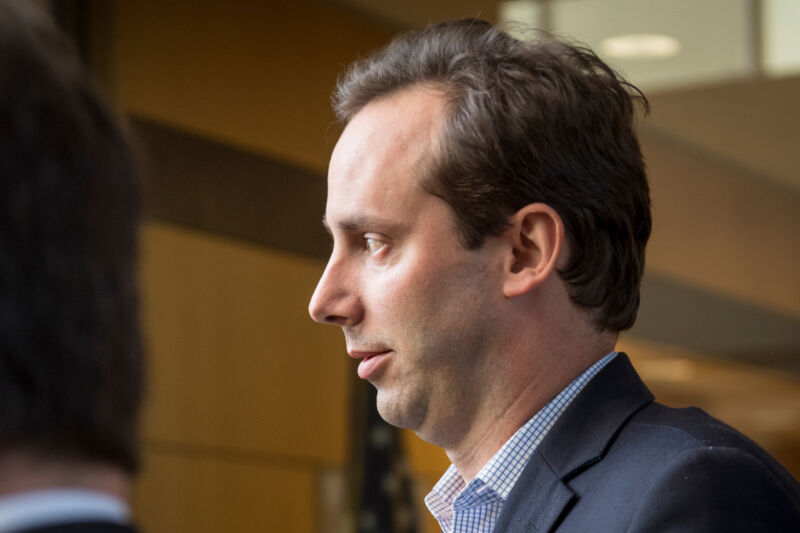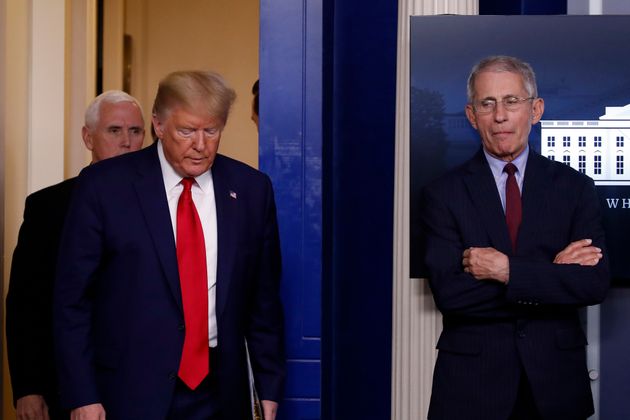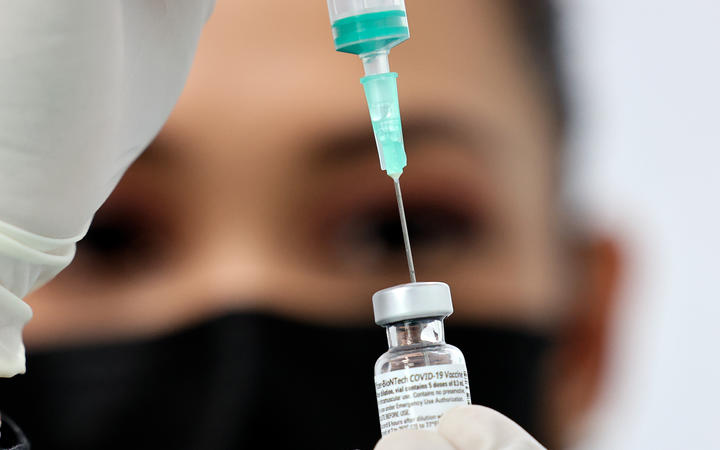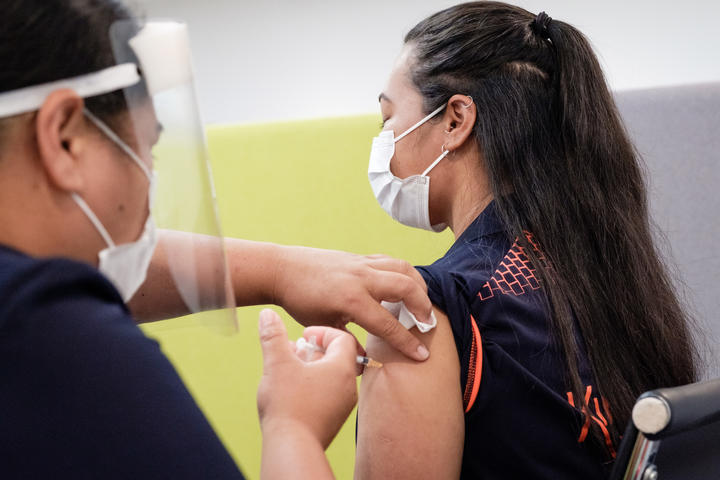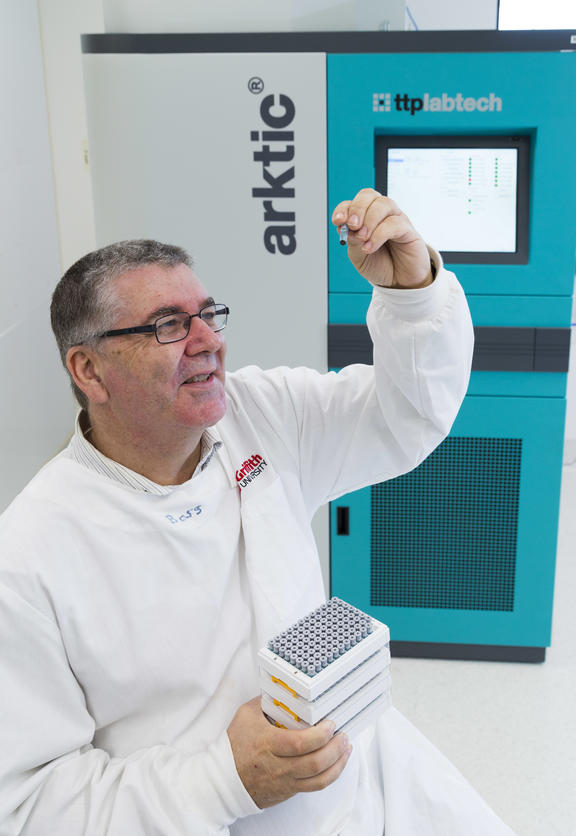Q IN CANADA
Liberals Accuse Conservative MP Cheryl Gallant Of Promoting 'Deranged Conspiracy Theories'
Liberal MP Jennifer O’Connell said Gallant is spreading “disgusting and dangerous lies.”
OTTAWA — Federal Liberals are accusing a Conservative MP of promoting “deranged conspiracy theories” akin to those promulgated by supporters of former U.S. president Donald Trump.
They’ve pounced on video of a virtual meeting eastern Ontario MP Cheryl Gallant held earlier this month with a group of young Conservatives at Queen’s University in Kingston.
In the video, Gallant says Liberals have become “radicals” who want “all illicit drugs to be legal” and “to normalize sexual activity with children.”
Liberal MP Jennifer O’Connell, who posted the video on Twitter, says Gallant is spreading “disgusting and dangerous lies” and asserts that her fearmongering is “a threat to our democracy.”
Gallant says her comments were taken out of context.
Conservative Leader Erin O’Toole, who has been attempting to put a more moderate face on his party, says the Liberals are trying to distract from their failure to deliver COVID-19 vaccines.
“Canadians have other priorities and so do I,” he said in a brief statement late Friday.
In the video, Gallant talks about how Liberals used to have more common sense but have now become a bunch of “radicals.”
“They want all illicit drugs to be legal. They want anything goes in every aspect of life. They want to normalize sexual activity with children,” she says.
Gallant also asserts that “cultural Marxists” have “taken over every university administration” and are silencing free speech on campuses.
It’s all part of a broader agenda, she says.
“The elites call it the great reset or build back better or green new deal. The names change but the goal remains the same: more power for the powerful and less freedom for everyone else.”
The idea of a “great reset” was first floated by the widely respected World Economic Forum in calling for post-pandemic policies to reduce societal inequalities.
But it has since become code for conspiracy theorists who see it as a plot by global elites to replace capitalism with a new socialist world order. Some go so far as to assert that the elites deliberately unleashed COVID-19 in order to achieve world domination.
In the video, Gallant goes on to complain that “the liberal media have been bought and paid for” by Prime Minister Justin Trudeau and are now backing Canadian Heritage Minister Steven Guilbeault — whom she dubs the “censor in chief” — in his plans to make Google and Facebook pay for news content they disseminate on their platforms.
She says that will lead the tech giants to shut down their services in Canada, as Facebook has done in Australia. And she suggests that it is all part of Trudeau’s plan to silence critics before plunging the country into an election.
“Why do you think Trudeau would want Canadians to be unable to search or share news right as he’s planning a snap election?” she says.
O’Connell posted the video to Twitter, saying “another of Erin O’Toole’s team is promoting deranged conspiracy theories.”
She said Gallant is spreading “disinformation about election interference” and compared it to the Trump-led conspiracy theories about the alleged rigging of last November’s presidential election that sparked a violent riot at the Capitol last month.
“We have seen all too clearly the power of political disinformation and claims of election fraud,” O’Connell tweeted.
In a statement late Friday, Gallant said her “comments on the Liberals choosing to lower the age of consent were taken out of context.” She did not address any of her other comments and said she “will not be commenting further on this matter.”
This report by The Canadian Press was first published Feb. 19, 2021.

